-
 Bitcoin
Bitcoin $115100
1.27% -
 Ethereum
Ethereum $3675
2.71% -
 XRP
XRP $2.995
1.45% -
 Tether USDt
Tether USDt $1.000
0.02% -
 BNB
BNB $769.8
2.64% -
 Solana
Solana $168.0
3.25% -
 USDC
USDC $0.9999
-0.01% -
 TRON
TRON $0.3371
1.48% -
 Dogecoin
Dogecoin $0.2051
3.36% -
 Cardano
Cardano $0.7394
2.30% -
 Hyperliquid
Hyperliquid $38.15
0.42% -
 Stellar
Stellar $0.3966
-0.36% -
 Sui
Sui $3.486
2.93% -
 Chainlink
Chainlink $16.72
2.52% -
 Bitcoin Cash
Bitcoin Cash $568.0
4.36% -
 Hedera
Hedera $0.2440
2.59% -
 Ethena USDe
Ethena USDe $1.001
0.04% -
 Avalanche
Avalanche $22.16
2.06% -
 Litecoin
Litecoin $119.1
-0.73% -
 UNUS SED LEO
UNUS SED LEO $8.991
0.04% -
 Toncoin
Toncoin $3.232
-0.39% -
 Shiba Inu
Shiba Inu $0.00001233
2.82% -
 Uniswap
Uniswap $9.717
2.53% -
 Polkadot
Polkadot $3.664
1.85% -
 Dai
Dai $1.000
0.01% -
 Monero
Monero $281.2
-3.89% -
 Bitget Token
Bitget Token $4.350
1.55% -
 Cronos
Cronos $0.1428
5.07% -
 Pepe
Pepe $0.00001050
3.68% -
 Aave
Aave $262.3
3.54%
How to import wallet to MetaMask? What should I pay attention to when entering mnemonics?
To import a wallet to MetaMask, backup your mnemonic phrase, use a secure environment, and enter the phrase accurately to ensure your assets' safety.
May 03, 2025 at 03:56 am
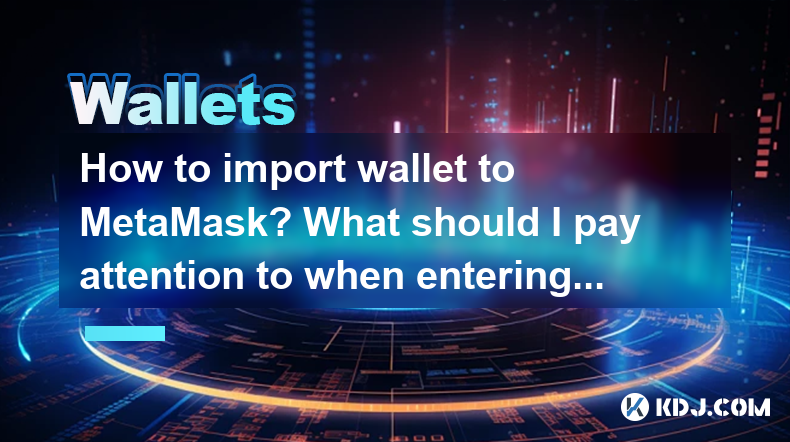
Introduction to Importing a Wallet to MetaMask
Importing a wallet to MetaMask is a crucial step for anyone looking to manage their cryptocurrencies effectively. This process involves transferring your existing wallet's data, typically in the form of a mnemonic phrase, into MetaMask. Understanding how to do this securely and correctly is essential to ensure the safety of your assets. In this guide, we will walk you through the detailed steps of importing a wallet to MetaMask and highlight key considerations when entering mnemonics.
Preparing to Import Your Wallet
Before you start importing your wallet, it's important to prepare adequately. This preparation ensures that the process goes smoothly and that your assets remain secure.
- Backup Your Current Wallet: Make sure you have a secure backup of your current wallet's mnemonic phrase or private key. This step is crucial as it provides a fallback option if anything goes wrong during the import process.
- Secure Environment: Ensure you are working in a secure environment. Avoid public Wi-Fi and make sure your computer is free from malware.
- Latest Version of MetaMask: Confirm that you are using the latest version of MetaMask. You can check for updates within the MetaMask application or by visiting the official website.
Steps to Import Your Wallet to MetaMask
Importing your wallet to MetaMask involves a series of steps that must be followed carefully. Here is a detailed guide on how to do it:
- Open MetaMask: Launch the MetaMask extension or mobile app on your device.
- Access the Import Option: Click on the profile icon in the top right corner and select "Import Account."
- Enter Your Mnemonic Phrase: You will be prompted to enter your mnemonic phrase. Carefully type or paste your phrase into the provided field.
- Set a New Password: Create a strong, unique password for your MetaMask wallet. This password will be used to unlock your wallet in the future.
- Review and Confirm: Double-check the mnemonic phrase and password for accuracy. Once you are sure everything is correct, click "Import."
What to Pay Attention to When Entering Mnemonics
Entering your mnemonic phrase correctly is one of the most critical aspects of importing your wallet to MetaMask. Here are key points to pay attention to:
- Accuracy: Ensure that you enter each word of the mnemonic phrase correctly. A single mistake can result in the inability to access your funds.
- Order: The order of the words in your mnemonic phrase is crucial. Enter them exactly as they were provided when you initially created your wallet.
- Case Sensitivity: Most mnemonic phrases are not case-sensitive, but it's still important to enter them as they appear in your original backup.
- No Spaces: Do not add any spaces between the words unless they were part of the original phrase.
Verifying Your Imported Wallet
After successfully importing your wallet, it's important to verify that everything has been transferred correctly. Here’s how you can do that:
- Check Your Address: Ensure that the wallet address displayed in MetaMask matches the one from your original wallet. You can compare this by looking at the address on both platforms.
- Test Transaction: Consider sending a small test transaction to the imported wallet to confirm that you can receive funds. Once confirmed, you can proceed with transferring the rest of your assets.
- Backup New Password: Make sure to securely store the new password you set for your MetaMask wallet. Losing this password can result in being locked out of your funds.
Troubleshooting Common Issues
Sometimes, you may encounter issues when importing your wallet to MetaMask. Here are some common problems and how to resolve them:
- Incorrect Mnemonic Phrase: If you enter the wrong mnemonic phrase, MetaMask will not be able to import the wallet. Double-check the phrase and try again.
- Password Issues: If you forget your new MetaMask password, you will need to reset it. However, you will still need access to your mnemonic phrase to regain access to your funds.
- Connection Problems: If MetaMask cannot connect to the Ethereum network, ensure your internet connection is stable and that you are using the correct network settings within MetaMask.
Frequently Asked Questions
Q1: Can I import multiple wallets into MetaMask?
Yes, you can import multiple wallets into MetaMask. Each time you want to import a new wallet, follow the steps outlined above, and you can manage multiple wallets within the same MetaMask application.
Q2: What happens if I lose my MetaMask password after importing my wallet?
If you lose your MetaMask password, you can still regain access to your funds using the mnemonic phrase you used to import the wallet. However, you will need to reset the password in MetaMask.
Q3: Is it safe to import my wallet to MetaMask?
Importing your wallet to MetaMask is generally safe as long as you follow security best practices. Ensure you are using a secure environment, keep your mnemonic phrase and password confidential, and always double-check the accuracy of the information you enter.
Q4: Can I import a hardware wallet to MetaMask?
Yes, you can import a hardware wallet to MetaMask. Most hardware wallets like Ledger and Trezor support integration with MetaMask, allowing you to manage your assets directly from the MetaMask interface while maintaining the security of your hardware wallet.
Disclaimer:info@kdj.com
The information provided is not trading advice. kdj.com does not assume any responsibility for any investments made based on the information provided in this article. Cryptocurrencies are highly volatile and it is highly recommended that you invest with caution after thorough research!
If you believe that the content used on this website infringes your copyright, please contact us immediately (info@kdj.com) and we will delete it promptly.
- HashFlare Founders Face the Music: Jail Time Looms?
- 2025-08-07 14:30:12
- Toshi on Binance.US: A Memecoin's Big Break
- 2025-08-07 14:30:12
- Bitcoin, SPAC Mergers, and Parataxis: A New Yorker's Take on Crypto's Wall Street Moment
- 2025-08-07 14:50:27
- Bitcoin, Collateral, and Loan Strategies: A New York Minute on the Future of Finance
- 2025-08-07 14:50:27
- Ethereum's Bullish Surge: Reclaiming Crypto Leadership, a New York Minute
- 2025-08-07 14:55:12
- BlockDAG, Litecoin, and Cardano: Charting the Course in Crypto's Dynamic Waters
- 2025-08-07 09:09:06
Related knowledge
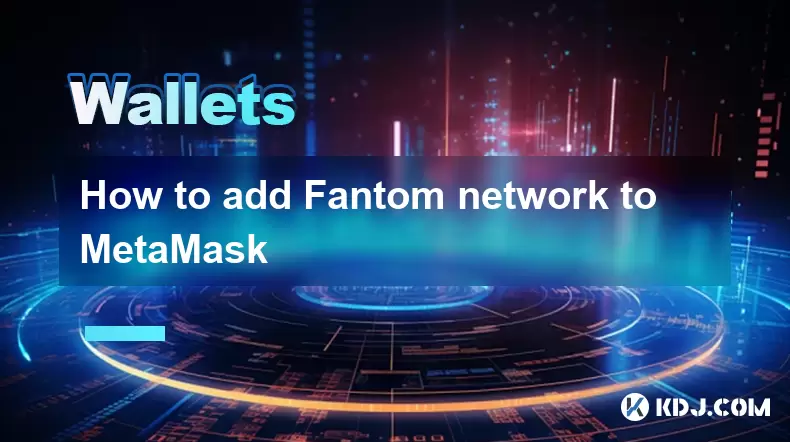
How to add Fantom network to MetaMask
Aug 07,2025 at 08:21am
Understanding the Fantom Network and MetaMask IntegrationThe Fantom network is a high-performance, scalable, and secure blockchain platform designed f...
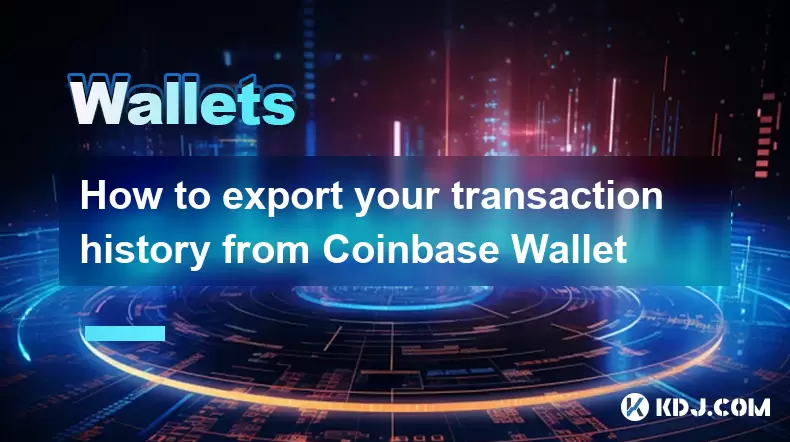
How to export your transaction history from Coinbase Wallet
Aug 07,2025 at 06:50am
Understanding Coinbase Wallet and Transaction HistoryCoinbase Wallet is a self-custodial cryptocurrency wallet that allows users to store, manage, and...
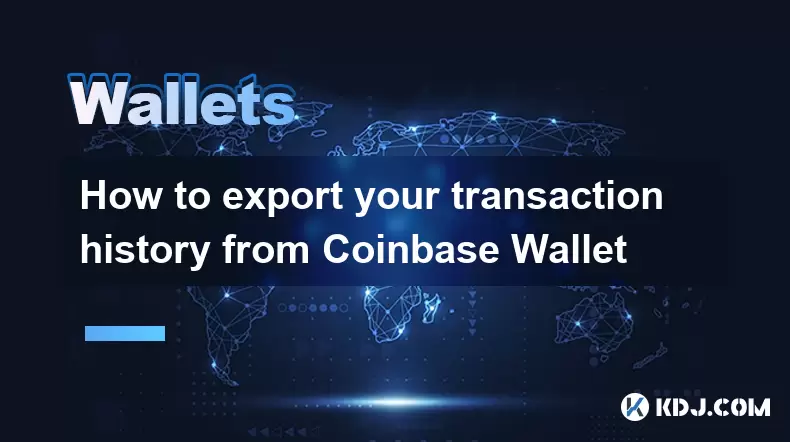
How to export your transaction history from Coinbase Wallet
Aug 07,2025 at 08:49am
Understanding Coinbase Wallet and Transaction HistoryCoinbase Wallet is a self-custodial cryptocurrency wallet that allows users to store, manage, and...
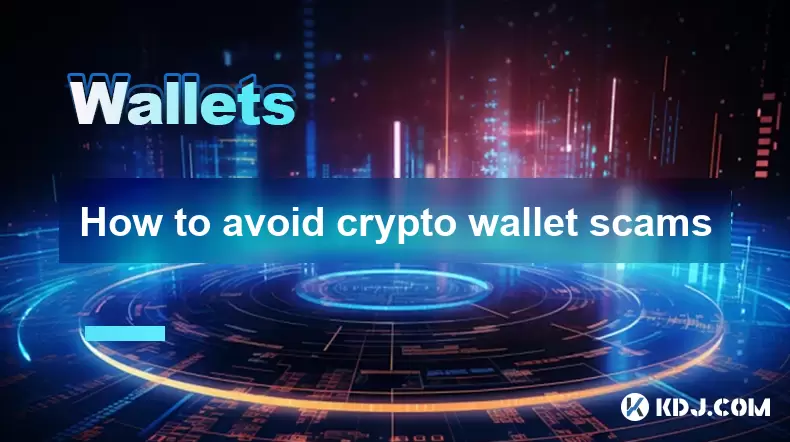
How to avoid crypto wallet scams
Aug 07,2025 at 02:21pm
Understanding Common Types of Crypto Wallet ScamsCrypto wallet scams come in various forms, each designed to exploit user trust, technical ignorance, ...
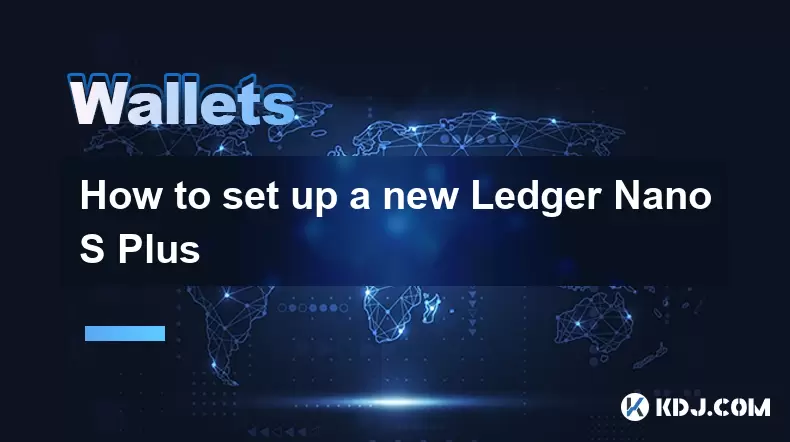
How to set up a new Ledger Nano S Plus
Aug 07,2025 at 06:01am
Unboxing and Initial InspectionWhen you receive your Ledger Nano S Plus, begin by carefully unboxing the package. Inside, you should find the Ledger N...
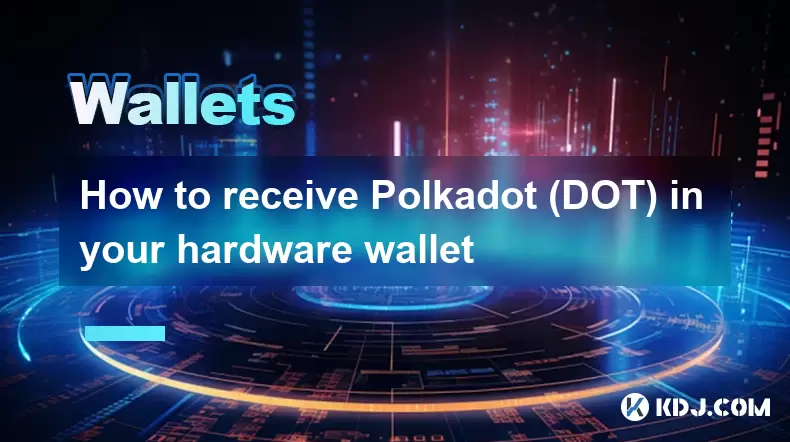
How to receive Polkadot (DOT) in your hardware wallet
Aug 07,2025 at 07:03am
Understanding Polkadot (DOT) and Hardware Wallet CompatibilityReceiving Polkadot (DOT) into a hardware wallet begins with understanding the ecosystem ...

How to add Fantom network to MetaMask
Aug 07,2025 at 08:21am
Understanding the Fantom Network and MetaMask IntegrationThe Fantom network is a high-performance, scalable, and secure blockchain platform designed f...

How to export your transaction history from Coinbase Wallet
Aug 07,2025 at 06:50am
Understanding Coinbase Wallet and Transaction HistoryCoinbase Wallet is a self-custodial cryptocurrency wallet that allows users to store, manage, and...

How to export your transaction history from Coinbase Wallet
Aug 07,2025 at 08:49am
Understanding Coinbase Wallet and Transaction HistoryCoinbase Wallet is a self-custodial cryptocurrency wallet that allows users to store, manage, and...

How to avoid crypto wallet scams
Aug 07,2025 at 02:21pm
Understanding Common Types of Crypto Wallet ScamsCrypto wallet scams come in various forms, each designed to exploit user trust, technical ignorance, ...

How to set up a new Ledger Nano S Plus
Aug 07,2025 at 06:01am
Unboxing and Initial InspectionWhen you receive your Ledger Nano S Plus, begin by carefully unboxing the package. Inside, you should find the Ledger N...

How to receive Polkadot (DOT) in your hardware wallet
Aug 07,2025 at 07:03am
Understanding Polkadot (DOT) and Hardware Wallet CompatibilityReceiving Polkadot (DOT) into a hardware wallet begins with understanding the ecosystem ...
See all articles

























































































